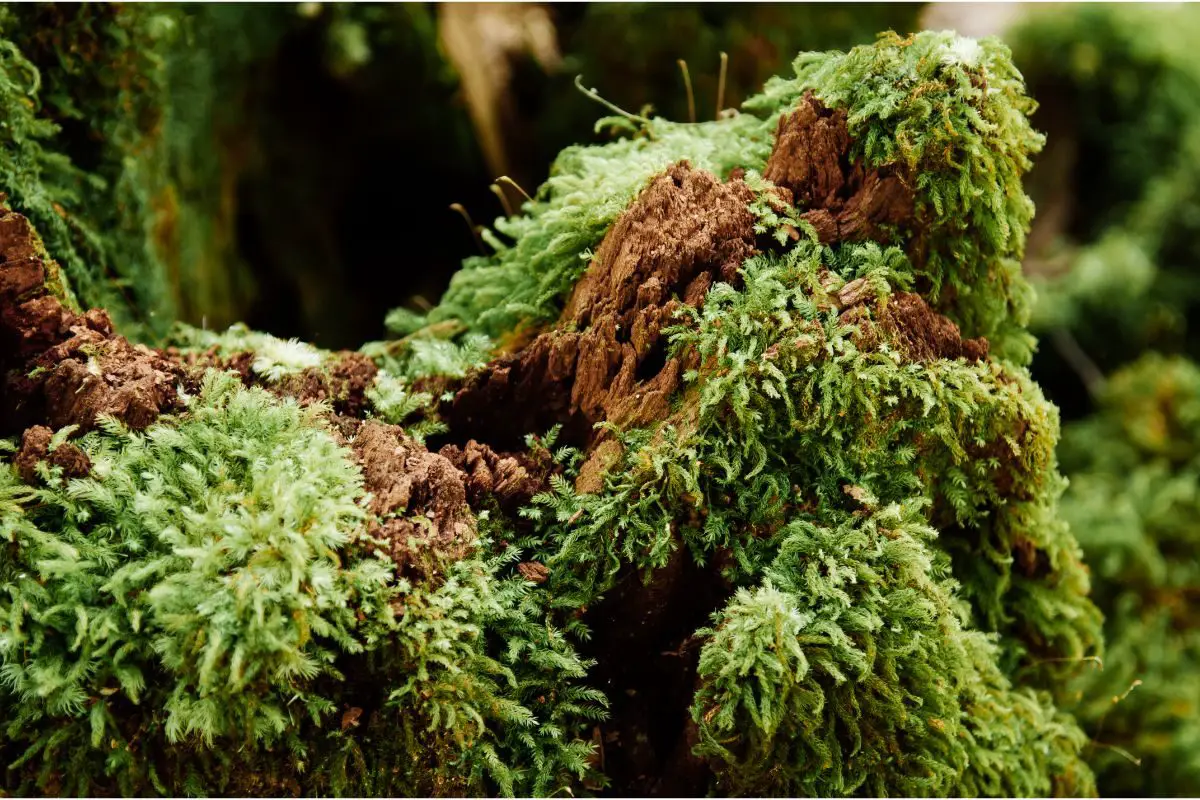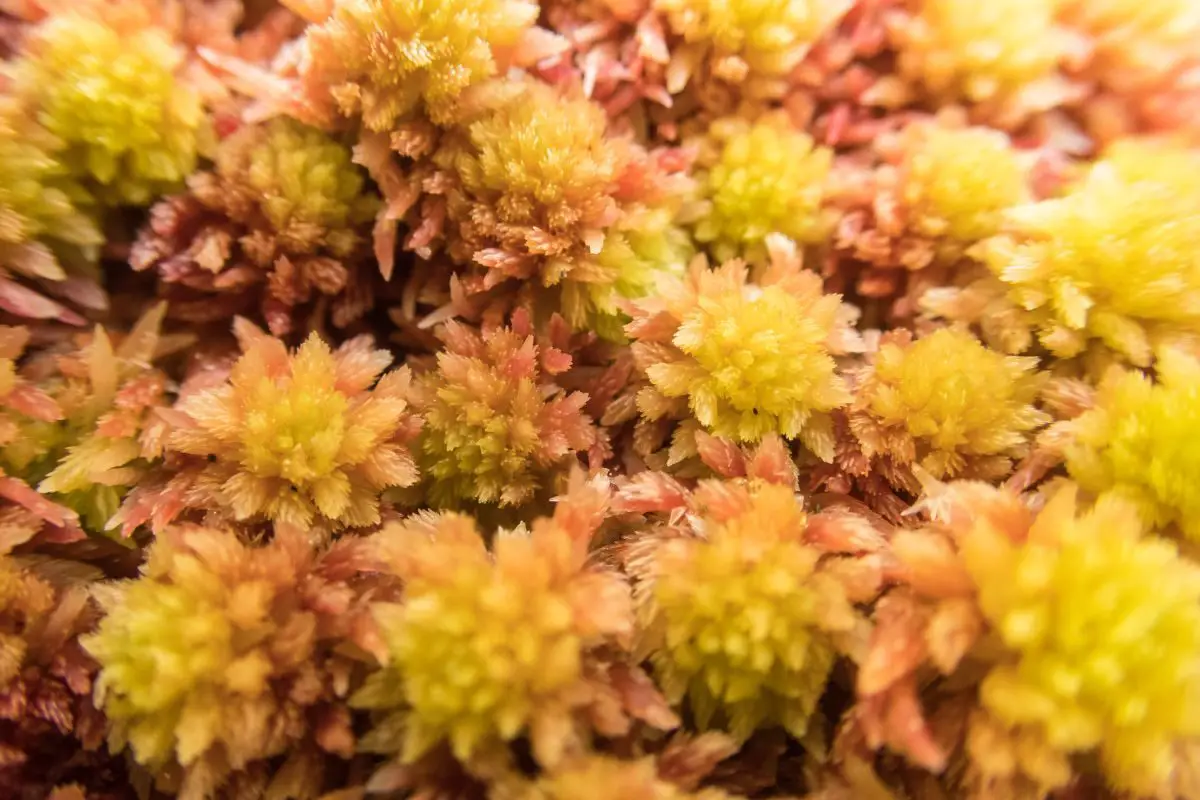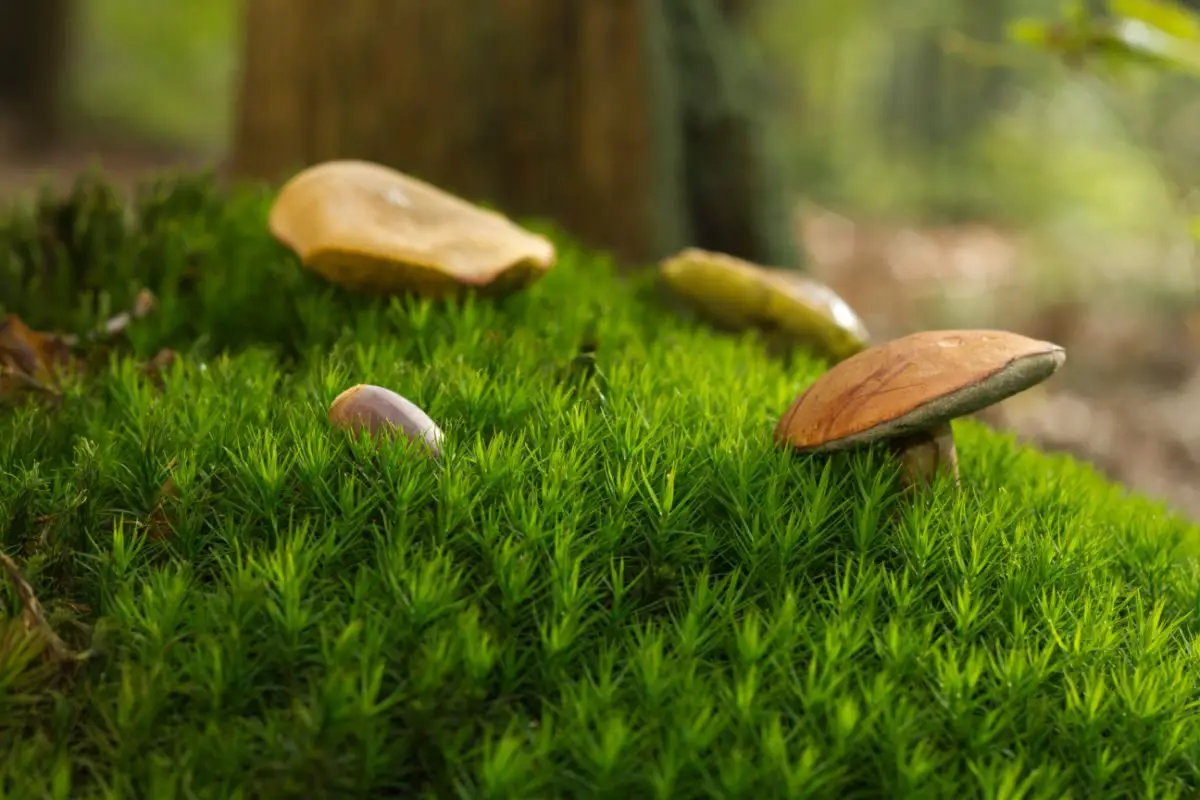Sphagnum moss is an incredible genus of bog-dwelling plants. When drained and dried, it is most often used in horticulture for its incredible ability to improve drainage and conserve moisture.
However, finding at the store can be a little tricky.
We have a simple step-by-step guide to growing your own sphagnum moss at home. We cover different varieties of sphagnum moss and the conditions it needs to thrive.
All you need to do is keep reading and prepare to have healthy, prospering sphagnum moss for your terrarium.
Let’s get into it!
What Is Sphagnum Moss?
Sphagnums are non-vascular plants, also referred to as bryophytes, along with liverworts, hornworts, and other mosses. These kinds of plants don’t have seeds, blossoms, or roots.
Sphagnum mosses have simpler tissue structures called phyllids that resemble leaves but lack the xylem that transports water and nutrients from the root to stem to leaves as it does in regular land plants.
Sphagnum moss is harvested from bogs and marsh surfaces where it is still alive.
After being harvested, these living plant material chunks are dried, resulting in a final product that is entirely made of sphagnum moss and not a mixture of other dry materials.
Sphagnum, which has 380 known species, is primarily found in chilly, damp areas of the Northern Hemisphere.
Although they can live in forested environments as well, they are frequently the dominating species in open bogs, marshes, fens, and moors. They spread outward like a rich carpet.
Lifecycle of Sphagnum Moss
Unlike other plants, sphagnum moss reproduces sexually with male and female organs that may be on the same plant (monoecious) or on a different plant (dioecious).
The male reproductive organs are spherical and spiky in form, sprout from the base of the leaves, and are distinguished from the rest of the foliage by changing their color to red, yellow, or brown.
Thousands of sperm will be released into the water by these, where they will swim until they come upon an egg to fertilize.
The female reproductive organs grow with a bulbous base that holds a single egg. The sperm naturally locates the eggs and fertilizes it to produce a zygote.
Once the pressure is high enough on the zygote capsule, it pops open and is carried away with the wind. When it lands, new sphagnum moss will grow.
How To Grow Sphagnum Moss
Growing Indoors
The best way to grow sphagnum moss is indoors as you can control the environment. All you need are stackable garden trays lined with cloth.
They should be stacked alternatively with one tray having holes while the next does not. This imitates the conditions of a swamp or bog for the moss.
Use an enclosed area as a growing location to maintain high levels of moisture and humidity. Anything with clear sides and a lid could be used for this, including aquariums, terrariums, cold frames, humidity domes, and greenhouses.
If your sphagnum moss may be in one large clump, make sure to cut it into smaller pieces and lay them out evenly. Spray with clean water until the cloth is moist and place inside your container.
Make sure to open the container for a few minutes every day for fresh air.
Ensure that the area where your sphagnum moss is installed has enough of bright indirect light. Grow lamps can be used to increase light levels during the shorter winter days.
However, if you are wanting to grow your sphagnum moss outside there are a few things to consider.
Growing Outdoors
You want to find an area in your garden that are naturally wet. Next to a pond, stream, or water feature will work best. Or you can build a bog garden.
When planting Sphagnum outdoors, pick a spot with some shade. These water lovers do best in the cooler morning sunlight because they have a hard time with the hot afternoon sun.
Your aim is to imitate its natural bog habitat. Dig a basin into the ground, making a small hole for the plants to retain moisture while having access to the sun.
Dig around 2 feet deep and wide and fill the leave with compost, leaving around 6 inches of space at the top.
Water the area until it is evenly moist and place small bits of the sphagnum moss over the surface.
You are going to need to check on your moss every day in the beginning. Make sure to spritz any moss that seems a little dry to ensure it is getting plenty of water.
Types of Sphagnum Moss
Prairie Sphagnum

Except for Antarctica, all continents are home to the hardy and amiable Prairie Sphagnum (also known as blunt-leaved bog moss), which frequently prefers wooded swamps and marshy meadows.
It forms spherical mounds and comes in a variety of hues, including greens, golds, and browns with pink undertones. Long, tapering leaves with a curving, convex surface give the impression that the foliage is triangular.
Red Bogmoss

A gorgeous and compact Sphagnum, red bog moss creates thick carpets in bogs and boreal woodlands. It is indigenous to Greenland, Canada, the northern US, and some regions of Europe.
The more sunlight Red Bogmoss gets, the redder it will become. The foliage, which grows slowly, emerges from 1-inch stems and can stretch out up to five feet.
Fine Bogmoss

Fine Bogmoss is a small, slender species that grows in a variety of settings from temperate to arctic zones. It has narrow leaves that coil around the heads like little pom-poms.
Final Thoughts
Sphagnum moss is an interesting and extremely beneficial plant that is popular in various types of gardening projects. It provides excellent drainage and water retention to help your plants grow.
Above are the simple steps to grow sphagnum moss in your garden or in your home. All it needs is water to help replicate its bog habitat and you are good to go.
You can also select your preferred type of sphagnum moss for your project. With bright colors and excellent uses, it is only going to help your plants thrive!
